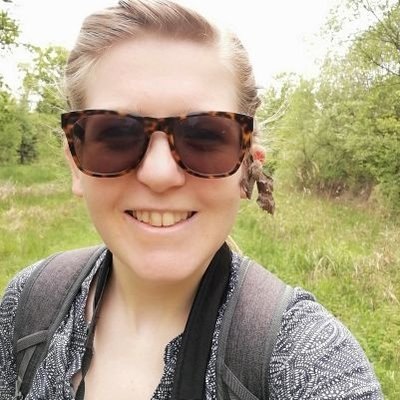Scientists hope to catch a third of the vaquita population in October 2017 in a bid to protect this Critically Endangered species.
It is thought that the vaquita population has declined by about 50 per cent in the last few years, and there are only 30 individuals left in the wild.
The vaquitas will be caught using bottlenose dolphins from the US Navy Marine Mammal Program.
The dolphins have been trained to seek out and identify vaquitas and their skills have been honed during test runs with harbour porpoises.
“We will try to catch as many as we can,” said Dr Andrew Read from the IUCN Cetacean Specialist Group, “but realistically if we can capture five animals, we would be extremely happy. With only 30 vaquitas remaining, this will be a tall order.”
Vaquitas have never been kept in captivity, so it unknown whether they will be able to successfully breed.
“There will be both ocean pens and pools on land to assure adequate veterinary care and in case of weather emergencies,” said Dr Barbara Tayler, the IUCN Red List coordinator for the vaquita.
“Expert porpoise veterinarians will be hand to learn the captive needs of vaquitas.”
Endemic to only the northern Gulf of California in Mexico, the vaquita is the world’s smallest porpoise and is often caught in fishermans’ gillnets.
Their gillnets are used to illegally catch the totoaba, an endangered marine fish. Its swim bladder is used in Chinese medicine.
Recently, there have been increased efforts to tackle this trade and a temporary ban on using gillnets has been imposed in Mexico.
The vaquita was only discovered in 1958 when Dr Ken Norris found a weathered porpoise skull on a beach and recognised that it was an undescribed species.

